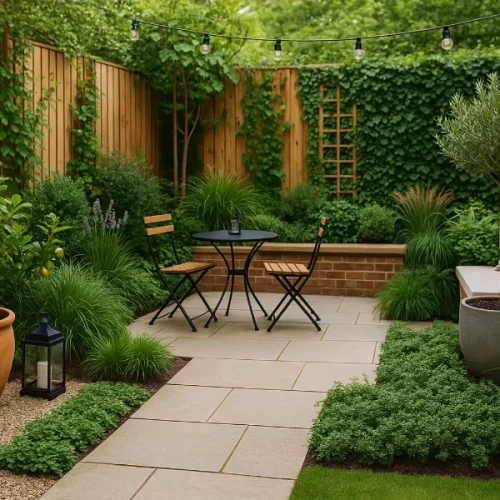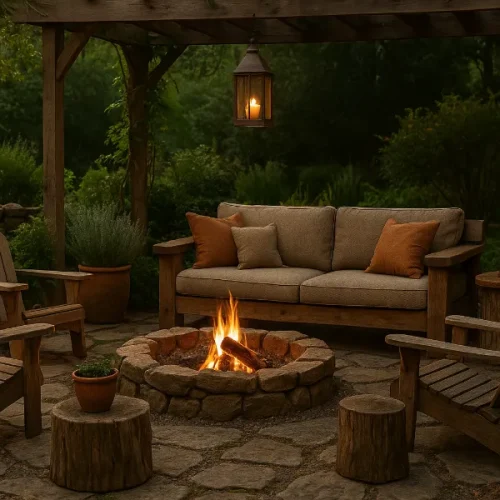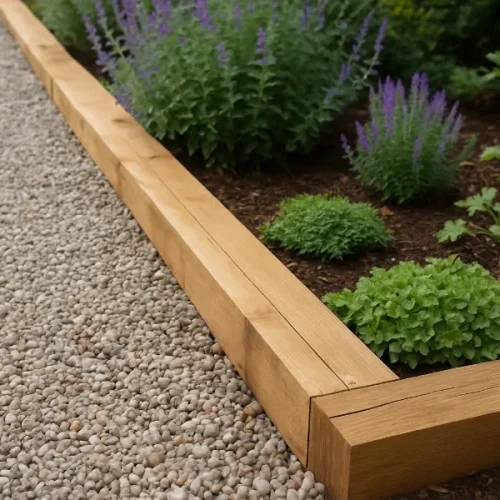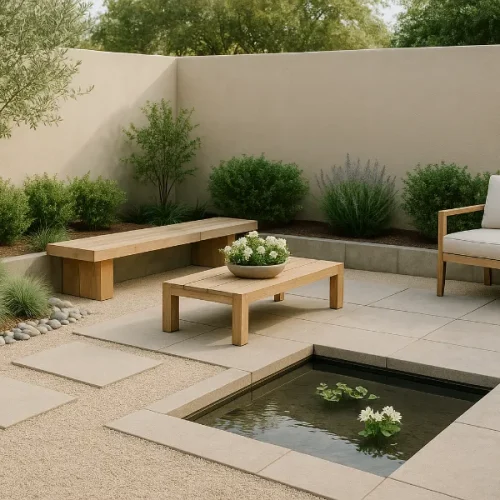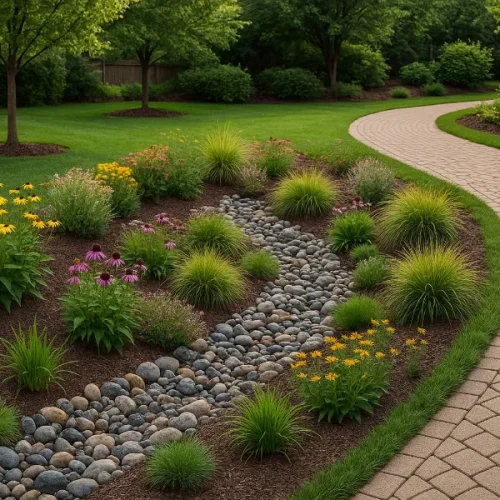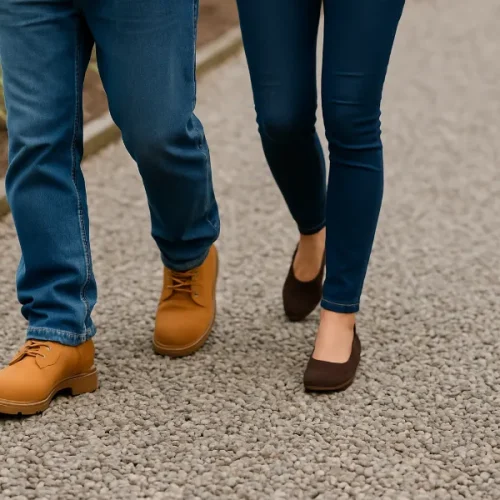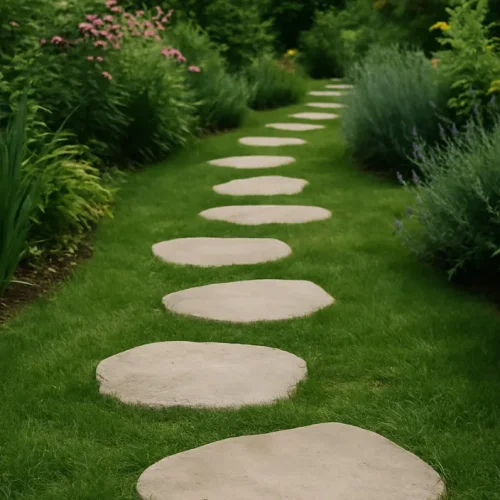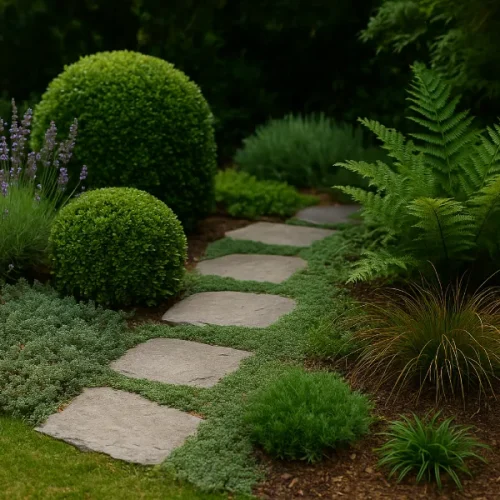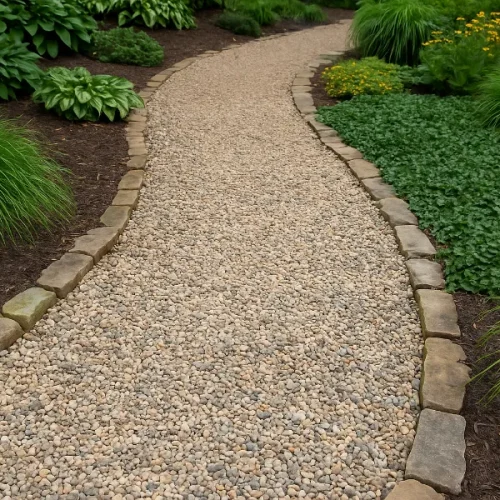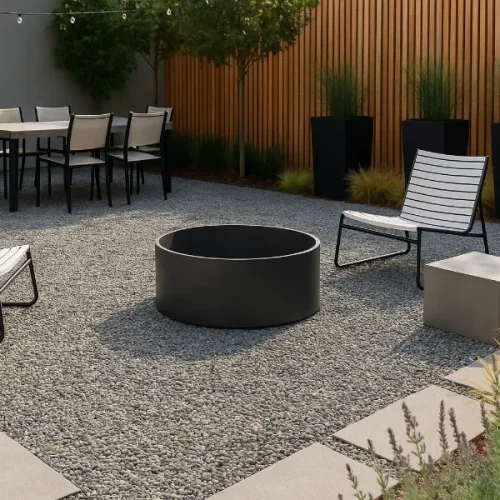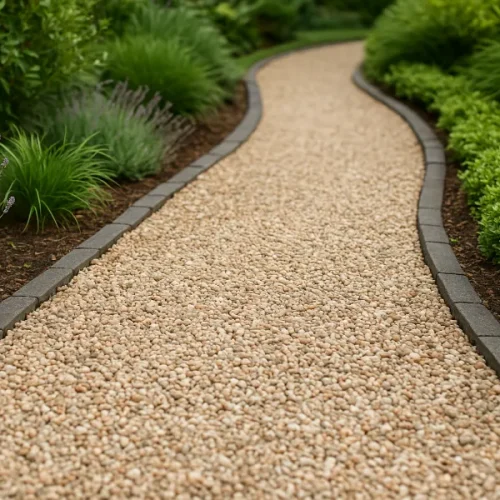
If you’ve ever walked across a beautifully designed backyard patio, chances are it didn’t happen by accident. The details—like edging—make all the difference. When it comes to pea gravel patios, the right edging can transform a pile of small, loose stones into a polished, lasting, and functional space. Today, I’ll take you through the best pea gravel patio edging ideas, why edging matters, and how you can bring these concepts into your own backyard design.
Whether you’re a weekend DIYer or simply exploring ways to upgrade your outdoor living area, this guide has everything you need to turn simple gravel into a show-stopping patio.
What is Pea Gravel and Why Use It for Patios?
Pea gravel consists of small, smooth, rounded stones about the size of a pea (typically ⅛–⅜ inch in diameter). It comes in soft earth tones—grays, browns, whites, and tans—that blend seamlessly into both modern and rustic landscapes.
Why so many homeowners love pea gravel patios:
- Budget-friendly: It’s much cheaper than concrete, stone slabs, or pavers.
- Easy installation: With just a shovel, rake, and wheelbarrow, you can create a patio in a weekend.
- Drainage-friendly: Rainwater filters right through, reducing puddles.
- Natural beauty: The soft, neutral tones pair well with almost any style of furniture or garden design.
- Versatile use: Beyond patios, pea gravel works well for walkways, fire pit areas, and even garden beds.
However, because pea gravel is loose, it needs structure. That’s where edging comes in.
Why Edging is Essential for Pea Gravel Patios
You might wonder—why not just pour gravel, rake it flat, and call it done? The truth is, without edging, pea gravel spreads. It sneaks into the lawn, spills into flower beds, and thins out in high-traffic areas.
Here’s why edging matters:
- Keeps gravel contained: Prevents the stones from drifting into unwanted areas.
- Defines the patio space: Creates a clean, intentional border.
- Improves durability: Edging helps lock the gravel in place, so your patio lasts longer.
- Boosts aesthetics: The right edging can complement your patio style—modern, rustic, or natural.
In short, edging makes the difference between a scattered patch of stones and a purposeful outdoor retreat.
Popular Pea Gravel Patio Edging Ideas
Let’s dive into the most popular pea gravel patio edging ideas to inspire your backyard project.
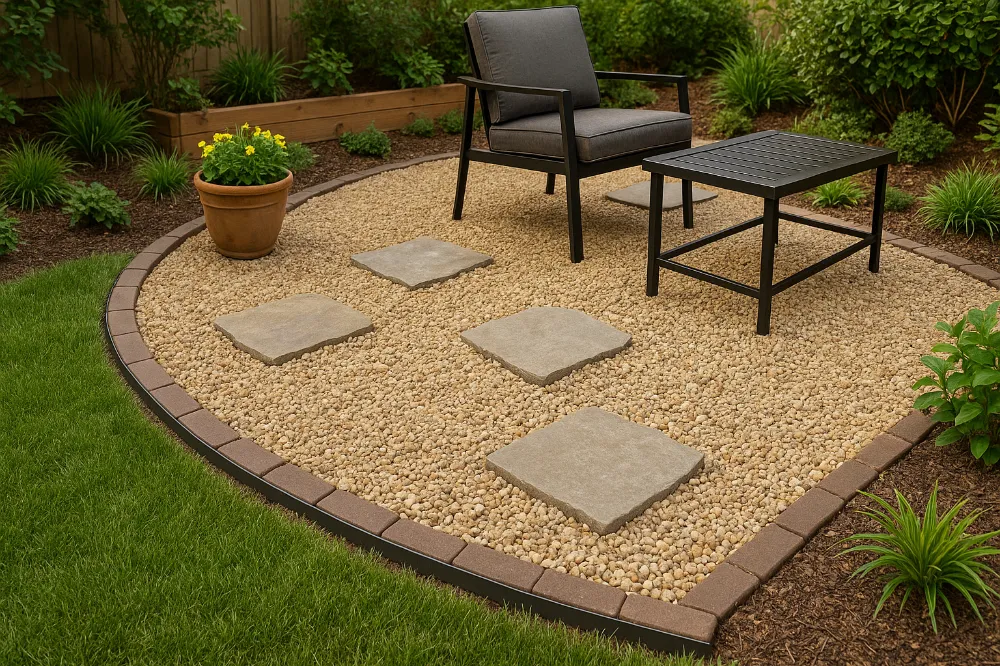
Steel Edging
- Sleek and modern.
- Thin, barely visible, but incredibly strong.
- Great for contemporary landscapes where you want crisp lines without bulky borders.
- Easy to bend into curves or sharp angles.
Brick Edging
- Classic and timeless.
- Works beautifully with both traditional and cottage-style gardens.
- Bricks can be laid flat, stacked vertically, or angled for a decorative touch.
- Durable and long-lasting with minimal maintenance.
Stone Edging
- Offers a rustic, natural vibe.
- You can use irregular fieldstones for an organic look or cut stones for a more formal edge.
- Complements pea gravel’s earthy tones.
- Heavy enough to stay in place without additional supports.
Wooden Edging
- A warm, natural choice.
- Landscape timbers, cedar planks, or treated lumber can frame the patio.
- Best for casual or rustic spaces.
- Affordable but may require more maintenance due to rot or weathering.
Living Plant Edging
- A softer, eco-friendly option.
- Low-growing plants like creeping thyme, mondo grass, or boxwood create a living border.
- Adds color and texture while blending the patio into your garden.
- Requires more upkeep but delivers a unique, lush look.
How to Choose the Best Edging for Your Patio
With so many options, how do you decide? Here are some practical tips:
- Match your home style: Sleek steel works for modern homes, while stone pairs well with rustic cottages.
- Consider durability: If you want low-maintenance, go with steel or stone. If you love gardening, plant edging may be perfect.
- Budget matters: Wood and plastic edging are affordable. Stone and steel cost more but last decades.
- Function first: If you plan on heavy furniture, choose sturdier edging like stone or brick.
Step-by-Step: Installing Edging for a Pea Gravel Patio
Here’s a simplified process to keep your patio tidy and long-lasting:
- Mark the patio area – Use spray paint, stakes, or a garden hose to outline the space.
- Dig a trench – About 4–6 inches deep along the perimeter.
- Lay a weed barrier – Roll out landscaping fabric to block weeds.
- Install edging material – Place steel strips, bricks, stones, or wood into the trench. Secure with stakes if necessary.
- Backfill for stability – Fill soil against the outer side of the edging to hold it firm.
- Pour pea gravel – Spread evenly, about 2–3 inches deep.
- Compact and level – Use a tamper or simply walk across the patio to settle the stones.
Cost Considerations for Pea Gravel Patio Edging
Here’s what you might expect to pay (per linear foot):
- Plastic edging: $1–$2 (cheap but not very durable)
- Wood timbers: $3–$5
- Brick edging: $5–$10
- Steel edging: $8–$15
- Stone edging: $10–$20+ (depending on type)
- Living plant edging: Cost varies by plant type (usually $3–$6 per plant)
A 12×12 ft patio may require about 48 linear feet of edging, so multiply accordingly.
Styling Tips to Elevate Your Patio Look
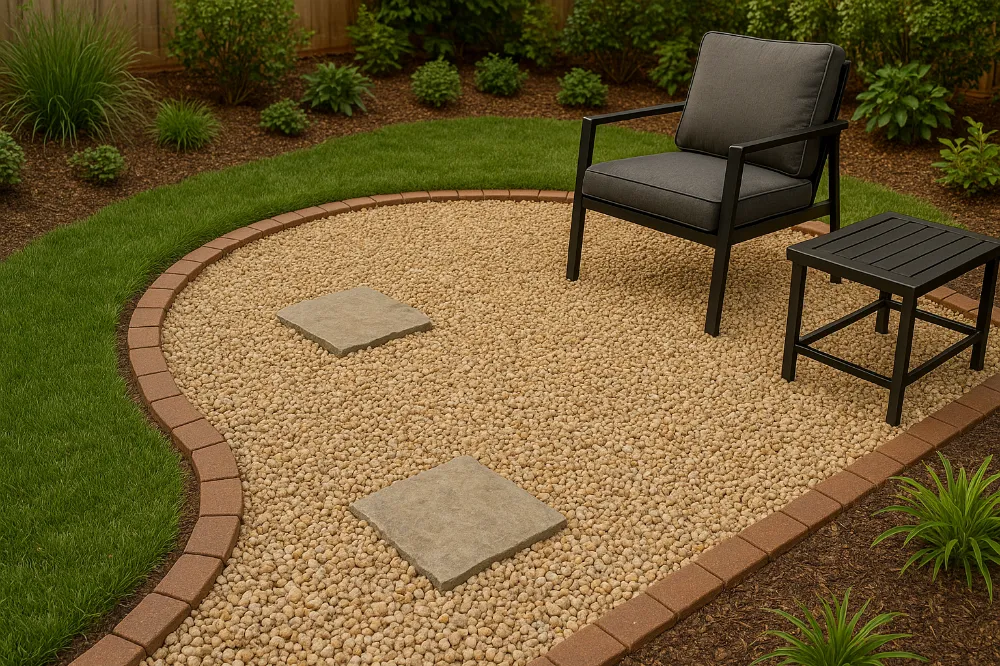
Once your patio is in place, edging can be enhanced with styling touches:
- Add solar path lights along the border for evening ambiance.
- Mix edging types—stone with creeping thyme for contrast.
- Frame the patio with potted plants or decorative lanterns.
- Use an outdoor rug to anchor furniture and highlight the gravel texture.
Maintenance Tips to Keep Edging Neat and Gravel in Place
- Rake periodically: Keeps gravel level and distributes high-traffic wear.
- Top off gravel yearly: Replace stones that scatter or sink.
- Check edging stability: Tighten loose steel or reset shifted bricks.
- Weed control: Even with a barrier, occasional weeds may pop up—pull them early.
Common Mistakes to Avoid
- Skipping edging: Gravel will spread everywhere without it.
- Choosing the wrong depth: Less than 2 inches of gravel feels sparse, more than 3 inches feels unstable.
- Ignoring drainage: Poor drainage can wash gravel away. Always ensure water flows away from the patio.
- Not planning for furniture: Heavy chairs can dig into gravel. Consider pairing pavers with gravel for stable seating areas.
Conclusion: Making Your Patio Long-Lasting and Stylish
The right pea gravel patio edging ideas can completely transform your outdoor living space. From sleek steel borders to charming brick or lush plant edges, edging defines your patio while keeping it functional and long-lasting. With smart installation and a bit of maintenance, you’ll have a backyard retreat that looks intentional, inviting, and effortlessly stylish.
So, before you spread those stones, choose the edging that matches your style, budget, and lifestyle. It’s the small detail that makes the biggest difference.


